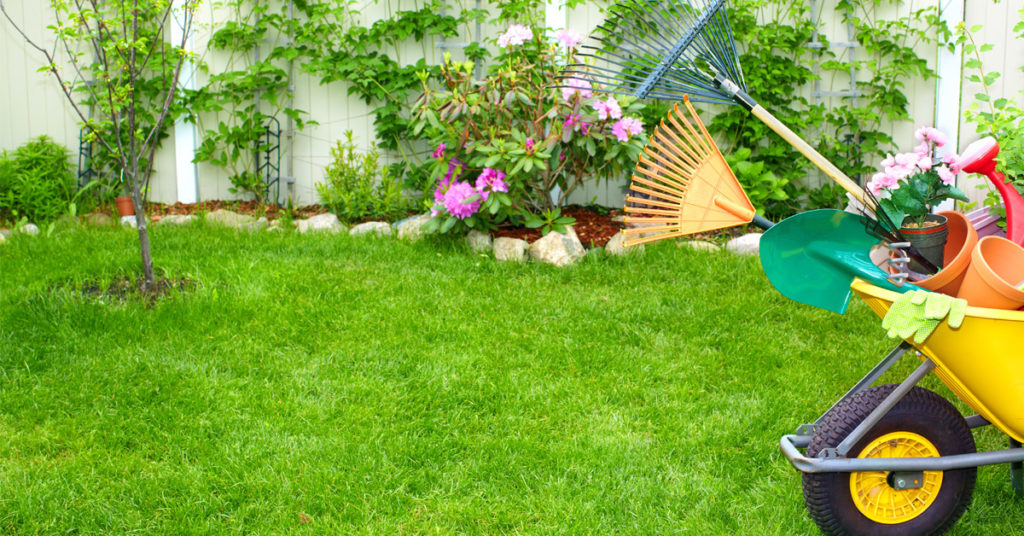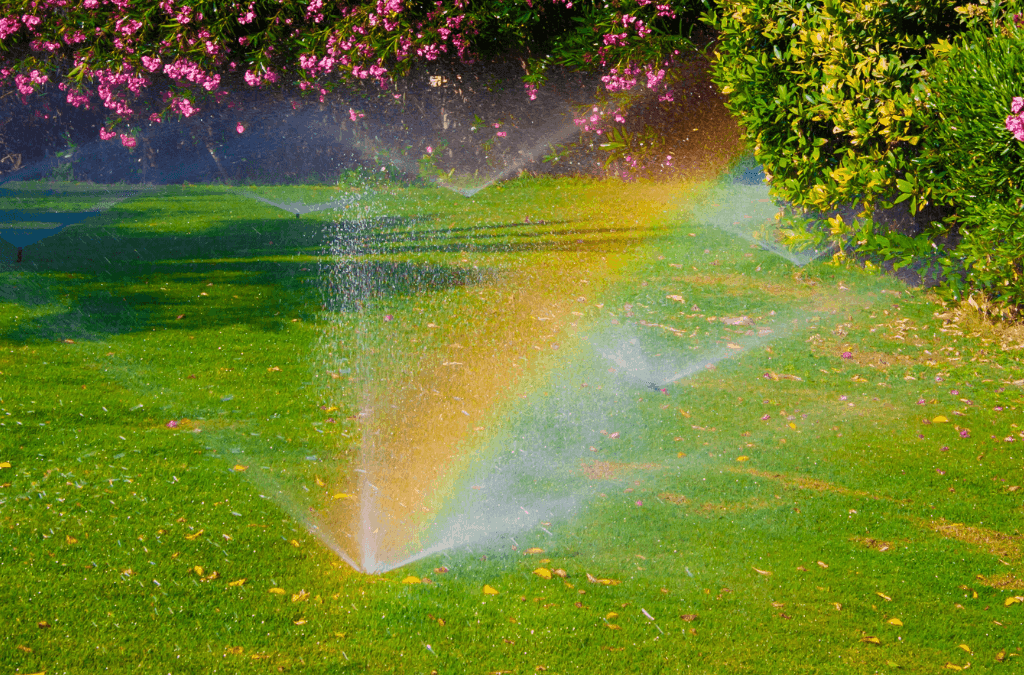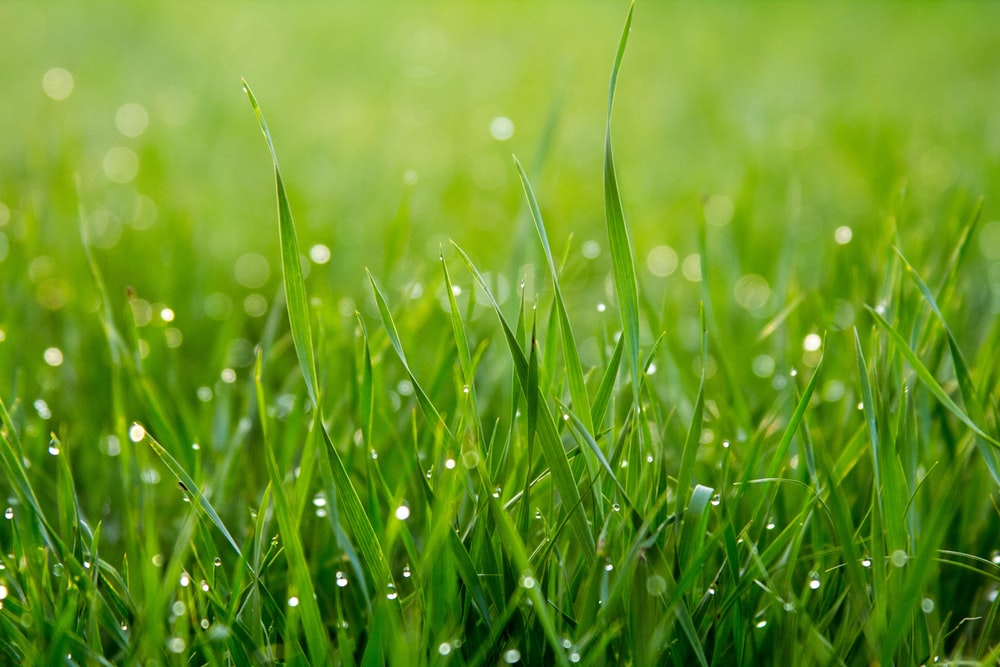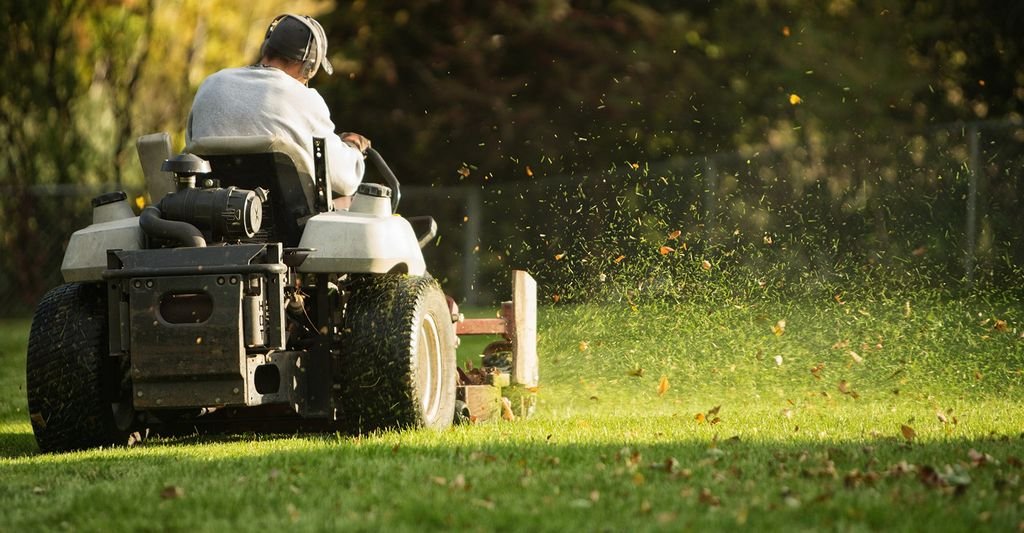Are you a new homeowner or somebody interested in improving the look around your house?
Having not taken care of a lawn in the past means you’re uncertain of how you should care for one. It is not challenging.
However, you will need a few tips to guide you through so as to save time and avoid messing up the grass. Just to mention, you need to over-seed the lawn, aerate it, and mow once in a while.
Besides that, eliminate weed, thatch, and moss. Improve the drainage and water the lawn, too.
Thanks to this guide, we’ll discuss these tips and give you more information on how to care for your lawn professionally.
So, where do you start?
1. Remove, Moss, Thatch, and Weed
Thatch builds-up anywhere. The type of grass you have planted, the type of soil, the amount of nitrogen fertilizers applied, grass clippings could all cause thatch to build-up.
If your lawn is not too big, consider using a thatching rake to remove thatch.

Depending on the type of thatch or weed growing, your law could quickly lose beauty. Reason?
The thatch color, for example, brown, could cause the lawn to lose its beauty quickly.
If there is drainage around the lawn, you should expect to deal with moss. While it can be easy to remove weed and thatch, it can be challenging to deal with moss. Ensure, therefore, there is no poor drainage around the lawn. Clear any unnecessary shades and eliminate any large amounts of thatch.
What about weed? It hinders the grass from growing as well as get enough nutrients.
Therefore, as soon as you notice moss, weed, or thatch, be quick to remove it. Be sure to also deal with any favorable conditions of each of them.
2. Water The Grass
Brown grass could be a sure signs that you are not watering your lawn. Whether it is winter or summer, always water the lawn. Preferably, in the morning and evening. You can water up to three times during summer.
Don’t overwater, though. Overwatering only allows mulch to grow. Eventually, moss could equally start germinating.
Also, when deciding how many times to water the lawn, consider the type of soil in that area. Some soils will retain water for a long time. Such don’t need too much watering. In contrast, soil that drains water fast requires frequent watering.
Apart from that, feed your grass using the best grass feed. To have a healthy, beautiful lawn, add fertilizers—at least 3 times in a year.

3. Mow Regularly
An overgrown grass will not only be a bleeding place for dangerous animals, but it will also lose the entire splendor.
Retain the beauty by mowing every week. Or, biweekly depending on the type of grass you are growing. That’s why; a lawnmower is not an option. It is a must-have tool. For further reading, you can check out toolsdiary.com.
4. Improve Drainage System
Apart from being the breeding place for mosquitos and other insects, poor drainage system will negatively affect the lawn.
Like previously discussed, moss grows well in areas with poor draining systems. If, however, the draining system is okay, the type of soil could be the problem.
How? You ask.
Soil that retains water for long could cause water to stagnant in one area for many days or weeks. Especially if there is shade around that place.
In addition, excessive mulch growth will equally prevent good absorption of water.
What do you do in this case?
Use organic materials to improve the soil. If this method does not work after gradually trying it out, try aerating the soil.
5. Soil Aeration
When people walk on the lawn, the grass gets condensed. Consequently, the roots will most likely not get water and other nutrients. Additionally, air will not get to the grassroots. Of course, such an environment would cause the grass to die.
Therefore, aerate the lawn. That way, you will be able to unclog the soil. As such, you’ll boost water, nutrients, and airflow.

The best time to aerate the lawn is during the wet seasons. During this time, the ground is moist, thus making your work easier. Unless otherwise, aerate every six months.
6. Over-seeding
Often, you will find that some sections of the lawn do not have enough grass. In such areas, you will see the soil, which makes the green color inconsistent. Try eliminating such sections through over-seeding.
To avoid poor over-seeding, use a seed spreader. It helps to distribute the seeds in all the intended sections effectively.
Rule of thumb, aerate the lawn effectively, water it, and mow before over-seeding. Also, once you over-seed (probably once a year), water the lawn thrice a day.
Watering will give the seeds a conducive environment for growth. Again, water depending on the current weather condition in your area.






